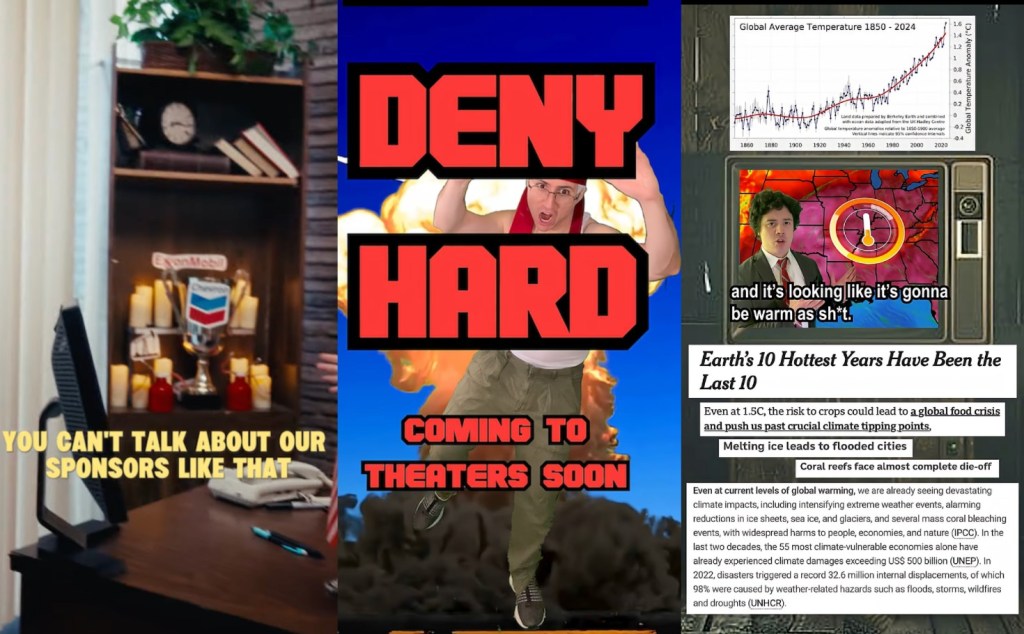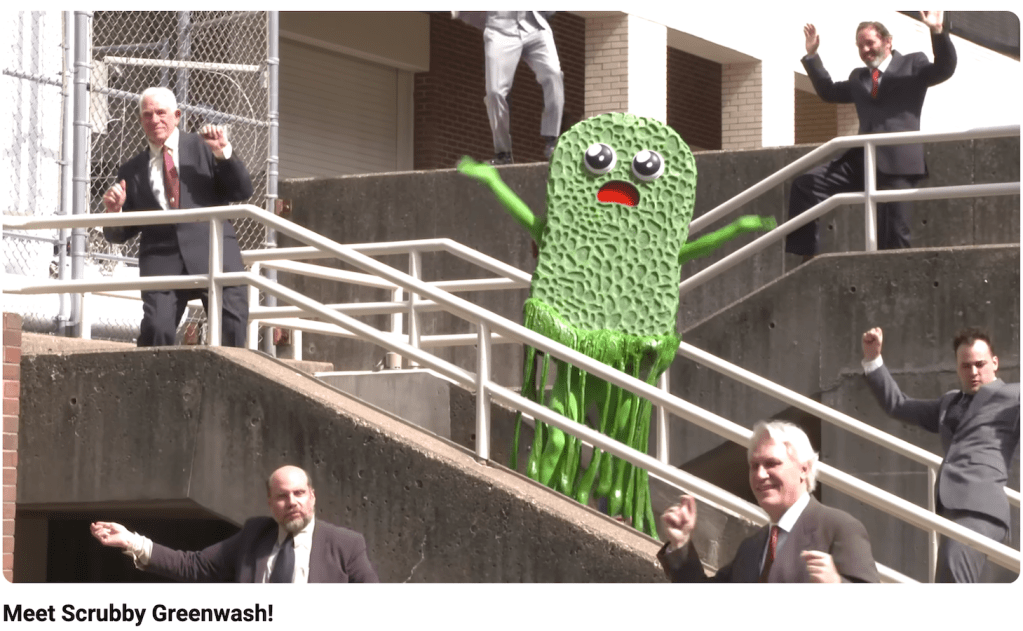![]()
Sales executives at Atlassian noticed a steady increase in the number of strategic customers requesting information about its emissions reduction and climate goals throughout 2025.
Those questions prompted deeper conversations between the software company’s business and sustainability leaders as it strategizes about how to win those deals, especially as investments in artificial intelligence accelerate. Now, Atlassian’s net-zero aspirations are factored into strategic sales conversations.
“It’s never going to be 90 percent of our revenue, so I want to be really pragmatic,” said Jessica Hyman, chief sustainability officer at Atlassian. “But what I position it as is a signal. This is a signal that this is something that customers care about.”
Conglomerate Cox Enterprises has experienced a similar evolution.
Corporate sustainability began as a way to drive change and savings throughout Cox’s operations but turned into the catalyst for entirely new businesses, such as one started to manage electric vehicle battery recycling, said Meredith Lindvall, assistant vice president for waste, water and nature (biodiversity) with Cox.
“It’s really not just how we get the work done, it’s actually the future of the business,” she said.
Their insights are part of a special Climate Pioneers project filmed during Trellis Impact 25. The sustainability leaders were asked to reflect on this question (among others): How does your sustainability strategy contribute business value to your organization?
Highlights from those conversations are featured below. (See how to thrive at sustainability’s “reckoning point” for more of their recommendations.)
Upsell strategic customers
For key clients that have net-zero goals: “I know they’re going to have an expectation for Atlassian, as part of their value chain, for making progress on our own net-zero goal.” — Jessica Hyman, chief sustainability officer, Atlassian
“I really focus on expertise, capability, risk assessment and value creation. If I do those right, if we can build that for the company, we help them make better investments.” — Dave Stangis, a partner at investor Apollo Global Management
“We’ve seen hundreds, we track this every year, of [requests for proposals] come through, that come to the sustainability team’s desk, that ask specific nuanced questions on climate. Ten years ago, we weren’t seeing that, so we see this as an opportunity to build that trusted relationship.” — Erik Hansen, chief sustainability officer at software firm Workday
“Our clients, the leading financial institutions around the world, and some of the leading merchants that you’ve heard of around the world, they expect their partners to be on the front edge of sustainability and climate action. So for us, we have to be able to engage with those clients and be credible.” — Rob Whittier, head of climate and sustainability at payments company Visa
Create new revenue lines
“Cox has several investment theses around clean tech, so there’s lots of different ways that we’re doing that that are new parts of the business — like Cox Farms, which is indoor agriculture. We also own Nexus Circular, which is around plastics recycling.” — Meredith Lindvall, assistant vice president for waste, water and nature (biodiversity) with Cox Enterprises
“There are standard partnerships where we may integrate sustainability in different ways. There’s also new areas where sustainability actually creates new sponsorship categories and creates new revenue for the organization.” — Becky Dale, vice president of sustainability, LA 28
“Finance has one of the greatest roles to play in the future that we all hope we’re going to see. If we don’t finance the change we want to see, it’s not going to happen.” — Kelly Fisher, head of sustainability for the Americas at financial services firm HSBC
Attract and motivate talent
“We know that doing the right thing, talking about the right thing, making it part of your narrative, is an important part of employee branding.” — Kevin Rabinovitch, global vice president of sustainability and chief climate officer at food and beverage company Mars
“Everything ultimately gets done by a person at our company, and if they’re not engaged the momentum gets lots, the activities don’t get done, and we ultimately don’t move as fast and can’t meet the moment.” — Aaron Binkley, vice president of sustainability at data center operator Digital Realty
The post How climate goals create business value at Atlassian, Workday and Cox appeared first on Trellis.





